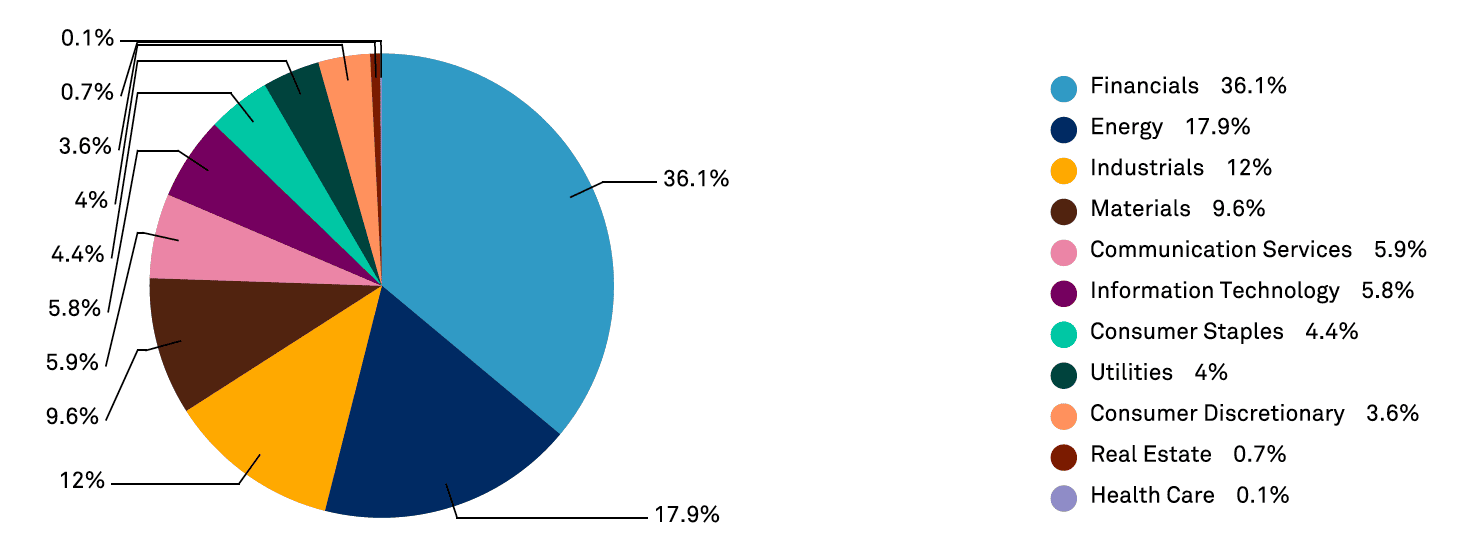[ad_1]
It looks like we got a breather with the markets towards the end of July. My portfolio recovered some, and I am curious if I missed out on the discount window now …
In moments like we have, the short term fluctuation isn’t what you want to focus on. You want to look at the big picture. There is only one metric to give you an unbiased view of your portfolio and it’s the annual rate of return.
Most investors do not have it, or do not know how to get it. These days, the disount brokers have to report it, and the formula gives you a money-weigthed return which takes into account how much you invest and when.
When you are building and growing your portfolio, the annual rate of return is your most critical metric. When you are retired, it’s your income strategy (be it dividend income, or withdrawal).
Here are my rate of returns.
The TSX above is the simulated index investing strategy based on XIC ETF.
Stock Trades
The big trade I did in July has already been shared which was buying Scotia Bank after selling all my Algonquin Power & Utilitties Corp shares.
You can read all the details of my trade, and the WHY. I did an opportunistic swap. Nothing to do with AQN as I simply made a play on BNS due to market pullback.
My portfolio is pretty set where 87% of my portfolio is in 17 stocks. What I do now is optimize my returns where possible, and increase my income in my taxable income while not sacrificing growth if possible.
I made two other trades to optimize existing investments. Remember, I have a long history of data with my portfolio. Using my Portfolio Tracker, I have the right data to optimize my portfolio.
I swapped a really small position in in favor of Hamilton Enhanced Canadian Bank ETF, HCAL ETF. It’s a pretty new offering in the Canadian Bank ETF, but after further reading, I like what I saw with the mean reversion index strategy (HCA ETF), and HCAL adds some leverage to enhance the income.
In our Spousal TFSA, I have also swapped TD Bank for HCAL.
I believe I am improving both my total returns, and my income.
Portfolio Management
By dropping Algonquin Power & Utilitties Corp, and adding Scotia Bank, I have now increase my exposure to banks, and financials. So be it.
The TSX has over 50% in financials (35%), and energy (19%). You can’t expect to have equal weight across sector in Canada, it’s just not logical.
In fact, most of my Canadian exposure is towards financials. My diversification approach has been evolving as I see limitations in Canada, and there are challenges with rebalancing. More on that in the future.
For now, have a look at the S&P/TSX60 sector breakdown. Since most dividend investors have many of those in their portfolio, it’s pretty hard to avoid them, or be diversified in any logical manner …
I don’t have much in the energy sector, and I have none in real estate, or materials. The healthcare sector in Canada is pathetic. Do you really have to try to cover the Canadian sectors for diversification? Think about it.
Last month, my portfolio was down 9% and now it’s only down 4% year-to-date.
Dividend Income
My July 2022 dividend income is $1,195.
Not an impressive number. It’s important you don’t focus on monthly income in retirement as companies tend to pay quarterly. The best approach is to have 1 year of cash around where the dividend replenishes what you use.
[ad_2]
Image and article originally from dividendearner.com. Read the original article here.

